The cynical response to this is “Who cares? The CDC has handled the pandemic terribly. Americans ignore their advice in other health matters, why wouldn’t they ignore this too?”
I do think it matters to elite opinion, though, and elite opinion seeps down into the culture via its many levers of power. Like I said last week, it can’t be a coincidence that media coverage of family reunions is so hard to find despite the fact that more than 25 million Americans have already received both doses. Clearly the press is hesitant to showcase the social benefits of vaccination for fear of getting ahead of the experts by encouraging people to relax pandemic precautions — even though it’s safe for vaccinated people to do so.
Which means it’s a big deal potentially for the CDC to finally greenlight those reunions. Elite caution about socializing “before it’s safe” will necessarily ease. And that’s destined to show up in ways that influence vaccine fencesitters who, for now, may be convinced that nothing will change for them in day-to-day life if they choose to get the shot. You can see friends again, the CDC is expected to say tomorrow — provided that you and they have gotten your shots.
A good rule, I think, since it encourages maximum buy-in within social circles.
CDC expected to soon advise fully vaccinated people that they can gather unmasked in small groups indoors, per @carolelee and @erikaedwardsnbc, so the FOMO situation will get worse before it gets better https://t.co/mxCBiwqIxN
— Benjy Sarlin (@BenjySarlin) March 2, 2021
Yes, granted, Fauci already sort of announced this rule a week ago in an interview with CNN, but Fauci doesn’t set the official guidance for the government. The CDC does. And according to Politico, they’re ready to speak up tomorrow:
The CDC guidance, which could be released as early as Thursday, will include recommendations that Americans limit their social interactions to small gatherings in the home with other fully vaccinated individuals, wear masks in public and adhere to other public-health measures such as social distancing for the foreseeable future…
The document will include a series of scenarios for Americans to consider, including where they socialize, with whom they can socialize with and what to consider when making plans. It will also include a section on travel…
“I use the example of a daughter coming in from out of town who is doubly vaccinated, and a husband and wife doubly vaccinated, and maybe a next-door neighbor who you know are doubly vaccinated,” Fauci said. “Small gatherings in the home of people, I think you can clearly feel that the risk — the relative risk is so low that you would not have to wear a mask, that you could have a good social gathering within the home.”
Tomorrow the debate’s going to move from “Why can’t vaccinated people socialize with each other?” to “Why can’t vaccinated people do more than just socialize with each other?” But we all already know the answer. Experts are wary of telling people who’ve been immunized to return to full normalcy because it’s unclear how contagious they might be to unvaccinated people if they’re infected. The data suggests they’re considerably less contagious than they would be if they weren’t vaccinated but the risk of transmission isn’t zero. And at this stage in the pandemic, when scientists are desperate to keep a lid on cases to prevent unnecessary deaths as vaccinations ramp up, they’re going to keep pushing for maximum prevention. It’s the same logic that objected to Greg Abbott lifting Texas’s mask mandate yesterday after eight months. The effect that’ll have on cases in the state is likely marginal since businesses can still require them and citizens can wear them voluntarily, but even a marginal effect means some will die tragically shortly before they would have had a chance to immunized.
Watch Walensky at today’s briefing warning against pandemic “fatigue” leading people to let down their guards at the moment we’re at an inflection point:
.@CDCDirector warns COVID is "on the cusp" of potential resurgence, with cases and deaths rising. She says highly-transmissible B117 variant could "hijack our successes" in fighting the virus, and fatigue has led to precautions being "flagrantly ignored" https://t.co/Ft33UVRkSU pic.twitter.com/Kx0dzKiedW
— CBS News (@CBSNews) March 3, 2021
Fauci reminded reporters at Monday’s briefing that we’ve been through this before. Last year, after the first wave of COVID had receded, cases had dropped just as they have now. But instead of gradually reopening by following the Trump-approved federal guidelines, many states raced to reopen more fully, generating a “summer wave” across the south. To Fauci and Walensky, it’s nutty to reopen prematurely now when the pace of vaccinations means you’ll be able to reopen in a safer way as soon as next month. But to Abbott and the likes of Andrew Cuomo, there’s no way to politically justify keeping restrictions tight at a moment when the news is full of stories about dwindling cases and rising immunizations.
So we’re going to learn our lesson the hard way again, in all likelihood.
Of course, the other problem with CDC guidance is that they’re so hyper-cautious in prioritizing safety that the average person has to grade their advice on a sort of curve. “Only 4 percent of the nation’s schoolchildren live in counties where coronavirus transmission is low enough for full-time in-person learning without additional restrictions” according to the CDC’s school reopening guidance, the NYT reported yesterday. Recognizing that the agency is being too risk-averse on schools, it’s a cinch that many Americans will conclude that they’re also being too risk-averse in counseling vaccinated people not to patronize business like restaurants and movie theaters for fear of transmitting the virus to unimmunized people. Which, in turn, means it’s a cinch that the CDC will remain too risk-averse in its guidance, fearing that if it encourages vaccinated people to dine indoors at restaurants, Americans will grade that advice on a curve and treat it as a green light to socialize even more aggressively. It’s a cat-and-mouse game in which each side is trying to calibrate based on its sense of the other’s psychology. No wonder everything’s such a mess.

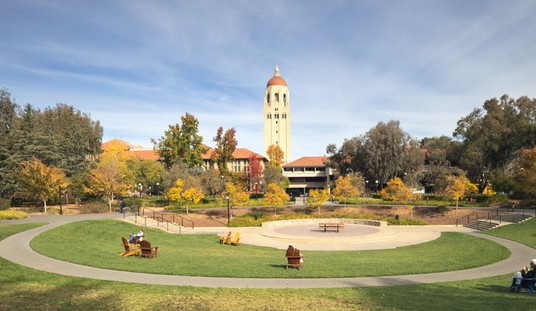

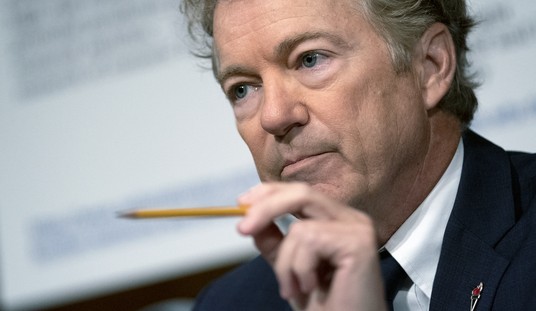
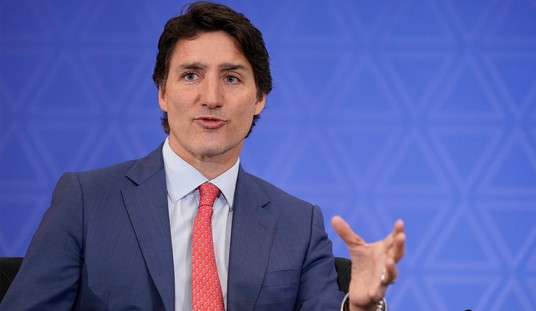

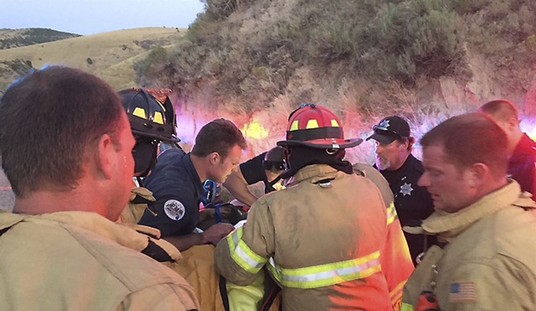
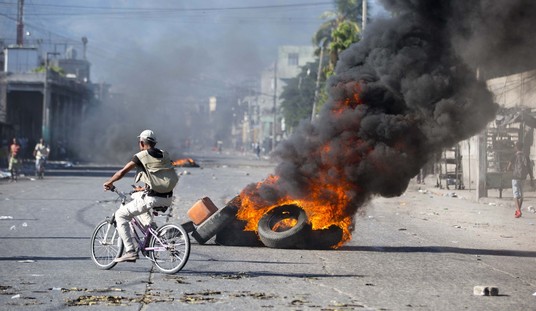
Join the conversation as a VIP Member